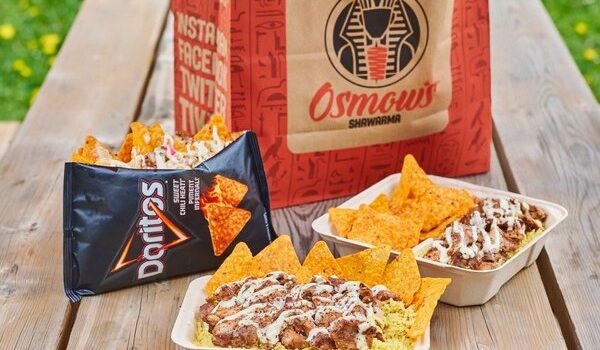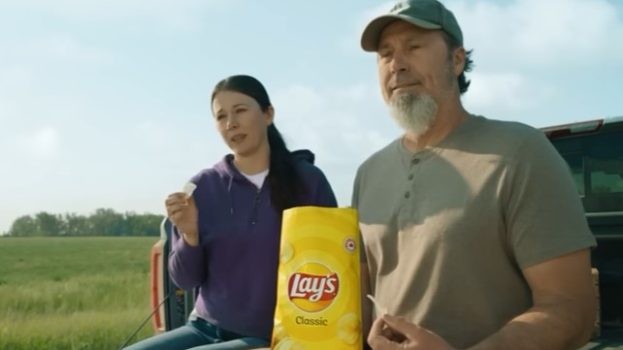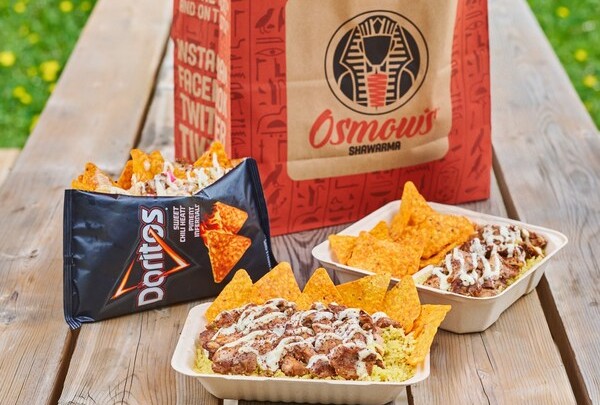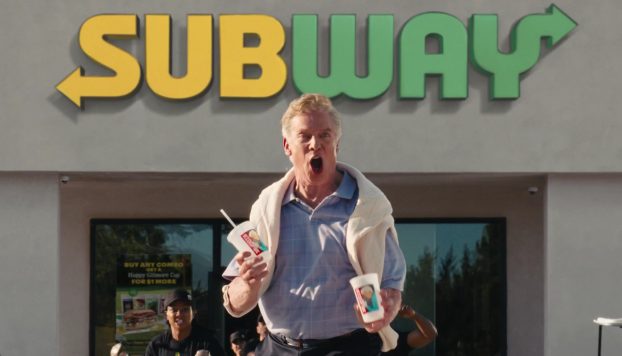 When they first materialized at the beginning of the pandemic, “ghost kitchens” were a means for restaurants to make use of closed dining spaces by turning them into areas for pickup and delivery fulfilment instead.
When they first materialized at the beginning of the pandemic, “ghost kitchens” were a means for restaurants to make use of closed dining spaces by turning them into areas for pickup and delivery fulfilment instead.
Now, as users become more accustomed to pickup and delivery, brands with deeper pockets are developing new spaces to try their own spin on the format – and in the latest case, it’s less about utilizing un-used space, and more about finding a new opportunity to enhance an existing value proposition.
On the heels of Recipe Unlimited’s January foray into off-premise dining, Walmart Canada is doing contactless pickup and delivery (with third-party deliverers) via a hook up with Ghost Kitchen Brands, a company that was started in 2016 after it identified an opportunity with the rise of delivery apps like Uber Eats and SkipTheDishes.
At one of these ghost concepts, also known as dark kitchens, customers can mix and match from more than 20 well-known (and not as well-known) restaurant brands, including Quiznos, Cheesecake Factory, Amaya Indian Street Food and Saladworks, as well as CPG brands like Beyond Meat, Nescafé, Red Bull and Ben & Jerry’s. Through a licensing deal, Ghost Kitchen Brands is responsible for day-to-day operations and brand selections, which is based on creating something broad enough for mass appeal.
Sam Hamam, senior director of licensees at Walmart Canada, tells strategy these kitchens provide an innovative offering, almost like a food court within a store, but also accessible from home to a multi-age audience increasingly comfortable with tech.
“We know from the last year or two [these kitchens] have really hit their stride in a perfect storm,” he says. The first location is in St. Catharines, to be followed by one near Toronto’s York University. Three more are planned for Ontario and Quebec in the next few months.
Even though it has CPG products available, Hamam says it does not look at its Ghost Kitchens from a packaged goods perspective, but as a “restaurant offering” – the ice cream and beverages sold there are meant to be consumed on the spot or once it’s delivered to the home.
As a broader strategy, Hamam says the partnership is about giving customers everything they need in a one-stop-shop, and he says Walmart has always identified QSRs as number one on the list for customers in order to achieve that. It knows this, in part, thanks to a long-time on-premise partnership with McDonald’s Canada at its Supercentre locations (a relationship Hamam says will not change for the foreseeable future).
“We can combine a bunch of different brands into one order,” he says.
Regardless of whether they order through in-person kiosks or remotely through an app, the ghost concept appeals to families Hamam says, particularly when they cannot as a whole decide on a dinner food order, what in family style restaurant parlance is referred to as a “veto vote.”
Hamam says the marketing of the service will be done in-house and that it will definitely be connecting with the Walmart Connect media team for further integration on its own channels. He also adds that Walmart sees opportunity working with its fresh team to leverage the growing grocery side of its business, but that it wants to “walk before it runs.”
“We will get there, but it’s only 10 days old right now,” he says, adding that the retailer can also leverage Ghost Kitchens’ and Uber Eats’ reach and marketing savvy.
























